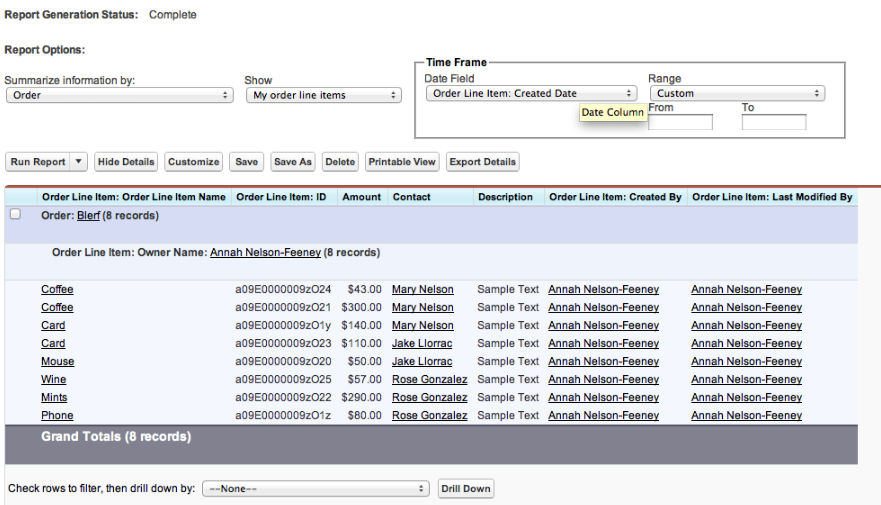How do interest rates work? Understand how they are applied in different situations

Anúncios
Interest rates are one of the most common financial concepts, impacting everything from loans and credit cards to savings and investments.
Understanding how interest works is essential for making informed financial decisions, whether you’re seeking a loan, investing your money, or planning your personal finances.
Anúncios
This content explains in detail how interest is applied in different situations and explores concepts like APR and APY, and how interest rates are determined.
If you want to be more informed about how interest works and how to manage it, keep reading to discover how it applies in various cases.
Anúncios
Understand how interest rates works
Interest rates are basically the cost of money. When you take out a loan, interest represents the cost of using someone else’s or an institution’s money.
When you deposit money in a savings account or investment, interest is the reward for allowing a financial institution to use your money.
There are two main types of interest rates: simple interest and compound interest, which are applied differently depending on the context.

Loans
When you take out a loan, whether it’s a personal loan, mortgage, or credit card balance, the interest you pay is based on the agreed-upon interest rate, which can be fixed or variable.
- Simple interest in loans: Simple interest is calculated only on the original loan amount. For example, if you take out a $1,000 loan at a simple interest rate of 5% per year, you pay $50 in interest each year, regardless of how much of the principal you have already paid.
- Compound interest in loans: Compound interest is calculated on the principal and the accumulated interest over time. This means you pay interest on the previous interest, which can increase the total cost of the loan. For example, with a loan that has compound interest, the debt can grow quickly if minimum payments do not cover the accumulated interest.
Savings and other deposits
When you deposit money in a savings account or certificate of deposit (CD), you earn interest on the account balance. Interest in savings accounts is typically compounded, meaning the money you earn in interest starts to earn its own interest.
- Simple interest in savings: Some accounts may use simple interest, but this is rare. In this case, you would receive a fixed percentage on the original balance each period.
- Compound interest in savings: Most savings accounts offer compound interest, which means the interest you earn in one period is added to the account balance, and in the next period, you earn interest on the new, larger balance. This can accelerate the growth of your savings over time.
Investments
Interest rates in investments work similarly but with some differences.
Depending on the type of investment, such as bonds or money market accounts, interest can be either compounded or simple.
In investments, compound interest can be a powerful tool for wealth growth, especially when interest is reinvested, creating an effect of “interest on interest” over time.
APR and APY: what are the differences between them?
Understanding the difference between APR (Annual Percentage Rate) and APY (Annual Percentage Yield) is essential for evaluating the cost or return of a financial product.
- Annual Percentage Rate (APR): APR is the annual interest rate you pay on a loan or credit card, without considering interest compounding. It includes the cost of interest and any other fees related to the loan. APR is more useful for comparing the cost of different loans because it provides a clearer view of what you will actually pay over a year.
- Annual Percentage Yield (APY): APY, on the other hand, takes into account the compounding of interest over the year, making it more accurate when comparing savings accounts or investments that offer compound interest. APY is always higher than the nominal interest rate because it reflects the impact of accumulated interest over time.
Understand how interest rates is calculated
Interest can be calculated in two main ways: as simple interest or as compound interest.
Simple interest is calculated only on the initial principal amount. The basic formula for calculating simple interest is:
Simple Interest = Principal × Interest Rate × Time
For example, if you invest $1,000 at a simple interest rate of 5% per year for 3 years, you would earn $150 in interest at the end of the period ($1,000 × 0.05 × 3).
Compound interest is calculated on the principal plus the accumulated interest from previous periods. The formula for calculating compound interest is:
Amount = Principal × (1 + Interest Rate / Number of Periods) Number of Periods × Time
This results in exponential growth over time. An investment of $1,000 at 5% compound interest annually for 3 years would grow to approximately $1,157.63, demonstrating the power of compounding.

How are interest rates determined?
Interest rates are determined by a combination of economic factors, including the Federal Reserve’s monetary policy, inflation, supply and demand for credit, and perceived risk of default.
- Monetary policy: The Federal Reserve adjusts interest rates to control inflation and stimulate or slow down the economy. When the Fed raises interest rates, the cost of borrowing rises, which can slow economic growth. When the Fed lowers rates, borrowing becomes cheaper, encouraging spending and investment.
- Inflation: Inflation also affects interest rates. When inflation is high, lenders may demand higher interest rates to compensate for the loss of purchasing power over time.
- Supply and demand for credit: If there is high demand for loans and a limited supply of money available to lend, interest rates tend to rise.
- Credit risk: The higher the risk of a borrower defaulting, the higher the interest rate applied. This is common in loans to individuals with poor credit.

Is it possible to avoid interest charges?
Avoiding interest charges entirely is difficult, but there are strategies to minimize costs.
- Pay the full balance: The most effective way to avoid interest on credit cards is to pay the full balance each month before the due date. This prevents interest from accumulating on the outstanding balance.
- Refinancing: For loans, you might consider refinancing to a lower interest rate, especially if your credit score improves.
- Choosing accounts with high APYs: When selecting savings accounts or investments, look for those offering high APYs to maximize your return on money.
- Negotiating interest rates: In some cases, you can negotiate lower interest rates with your lenders, especially if you have a good payment history.
Understanding how interest works and how it is applied in different contexts is fundamental to managing your finances effectively.
Whether taking out a loan, investing your money, or simply saving, knowledge of simple and compound interest, as well as the differences between APR and APY, can help you make informed decisions and avoid unnecessary costs.
For more tips and information on personal finance, continue exploring our articles and enhancing your economic knowledge.





